
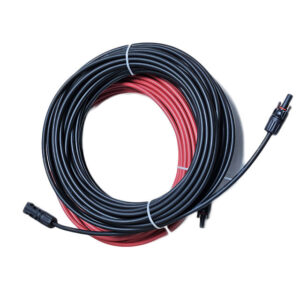
Solar cable is specifically engineered for photovoltaic (PV) systems, but how does it differ from standard electrical cables? While they may look similar, solar cables have unique properties that make them essential for safe and efficient solar energy transmission. Using the wrong cable can lead to power losses, safety hazards, and even system failure. In this article, we’ll compare solar cables and normal cables, explaining why they’re not interchangeable and how to choose the right one for your PV installation. 1. Material Composition: Built for Harsh Conditions Solar Cable ✔ Tinned Copper Conductors – Prevents oxidation, ensuring long-term conductivity.✔ UV-Resistant Insulation – Typically XLPE (cross-linked polyethylene) or LSZH (low-smoke zero-halogen) to withstand sunlight.✔ Double Insulation (H1Z2Z2-K Type) – Extra protection
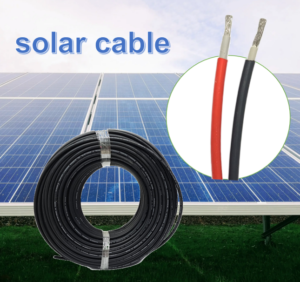
Solar Cable Essentials: The Ultimate Guide for PV System Wiring When installing solar panels, using the right solar cable is critical for safety and efficiency. Unlike standard electrical wires, solar cables are engineered to withstand decades of UV exposure, extreme temperatures, and DC power transmission. This guide explores the types, certifications, and selection criteria for photovoltaic wiring to ensure your system performs reliably for 25+ years. 1. What Exactly is a Solar Cable? Solar cables (also called PV cables) are specialized conductors designed for photovoltaic systems. Key characteristics include:✔ UV-resistant insulation – Withstands direct sunlight without cracking✔ High-temperature tolerance (–40°C to 120°C operational range)✔ DC voltage optimization (600V/1000V/1500V ratings)✔ Halogen-free materials – Prevents toxic smoke during fires Why ordinary cables fail:
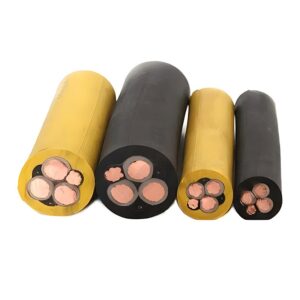
Mining cables represent some of the most expensive specialty cables on the market – but when failure means catastrophic downtime or safety hazards, their cost becomes an investment in reliability. Mining cable exemplifies why specialty cables carry premium price tags: engineered to withstand crushing loads, chemical exposure, and extreme temperatures, these cables incorporate advanced materials and rigorous certifications that standard wires simply can’t match. In this article, we’ll break down the key factors driving specialty cable costs and why they deliver unmatched value in critical applications. 1. Material Costs: The Foundation of Durability Specialty cables use advanced materials that cost 3-5x more than standard alternatives: Standard cable vs. mining cable material cost
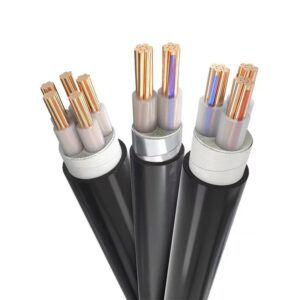
1. What Makes a Cable “Military-Grade”? Military-grade cables must endure: To meet these demands, they undergo rigorous testing and must comply with specific military standards. 2. Key Military Cable Standards & Certifications A. MIL-DTL-38999 (Circular Connectors) B. MIL-DTL-5015 (Rectangular Connectors) C. MIL-DTL-27500 (Teflon®-Insulated Wire & Cable) D. MIL-PRF-28800 (Fiber Optic Cables for Military Use) E. NATO STANAG Certifications 3. Testing & Compliance Requirements Military-grade cables undergo extensive testing, including:✔ Environmental Testing (salt spray, UV exposure, thermal cycling)✔ Mechanical Testing (flexing, crush resistance, tensile strength)✔ Electrical Testing (dielectric strength, EMI shielding effectiveness)✔ Flame & Smoke Testing (meeting MIL-STD-2036 for low toxicity) Certification Bodies: 4. Why Certification Matters in Procurement Using uncertified cables in military applications can lead to:❌ System failures
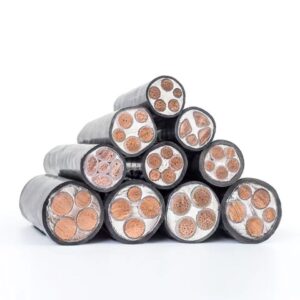
Introduction Understanding power cable installation standards is crucial for engineers, contractors, and project managers working in electrical infrastructure. These standards ensure safety, efficiency, and compliance with international regulations. Whether you’re dealing with low-voltage (LV) or high-voltage (HV) cables, following the correct procedures prevents failures, reduces maintenance costs, and enhances system longevity. This guide covers the most widely recognized power cable installation standards, including IEC, NEC, and IEEE regulations, along with best practices for different installation environments. 1. Key International Power Cable Installation Standards A. IEC (International Electrotechnical Commission) Standards B. NEC (National Electrical Code, USA) Standards C. IEEE (Institute of Electrical and Electronics Engineers) Standards 2. Critical Factors in Power Cable Installation A.

Introduction Understanding cable current carrying capacity is essential for electrical engineers, contractors, and project managers to ensure safe and efficient power distribution. Overloading a cable can lead to overheating, insulation failure, and even fire hazards. This guide explains the key factors affecting current capacity and provides step-by-step calculation methods based on industry standards. 1. What Is Current Carrying Capacity? The current carrying capacity (ampacity) of a cable is the maximum current it can safely conduct without exceeding its temperature rating. It depends on:✔ Conductor material (copper vs. aluminum)✔ Insulation type (XLPE, PVC, EPR)✔ Installation method (underground, in conduit, free air)✔ Ambient temperature and cooling conditions 2. Key Factors Affecting Cable Ampacity A. Conductor Size & Material B. Insulation Type & Temperature Rating
你保留所有权利。